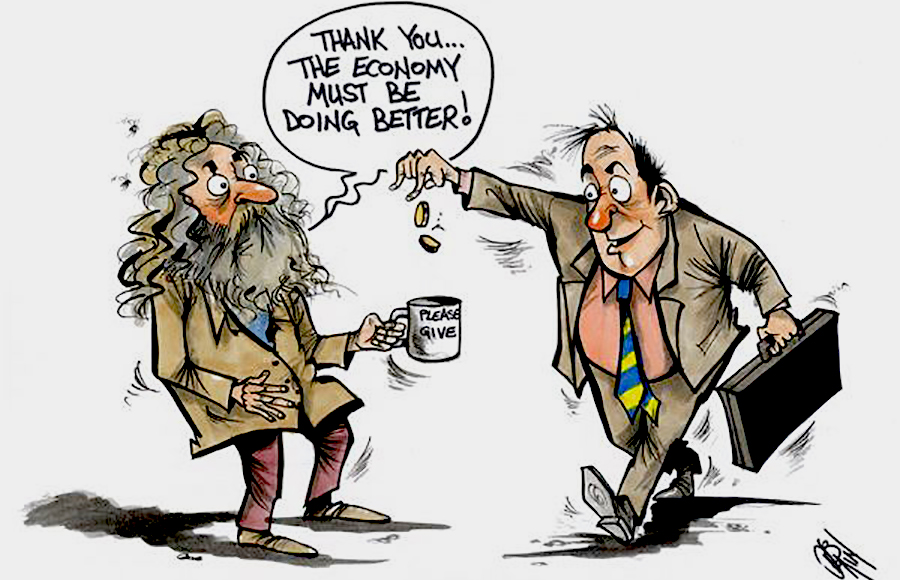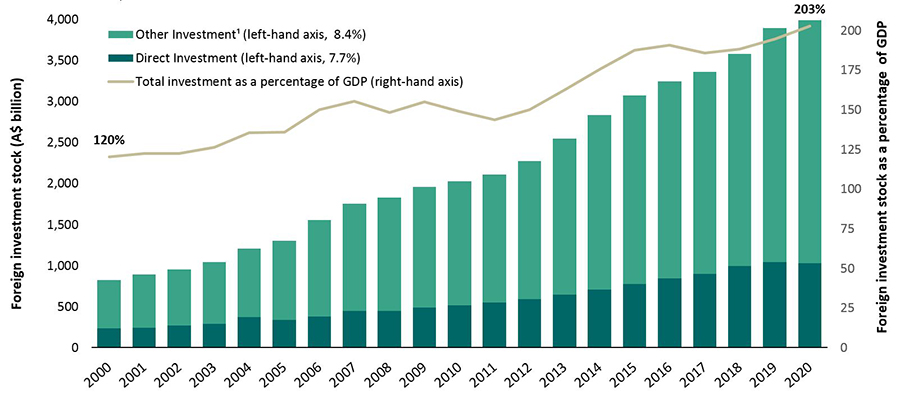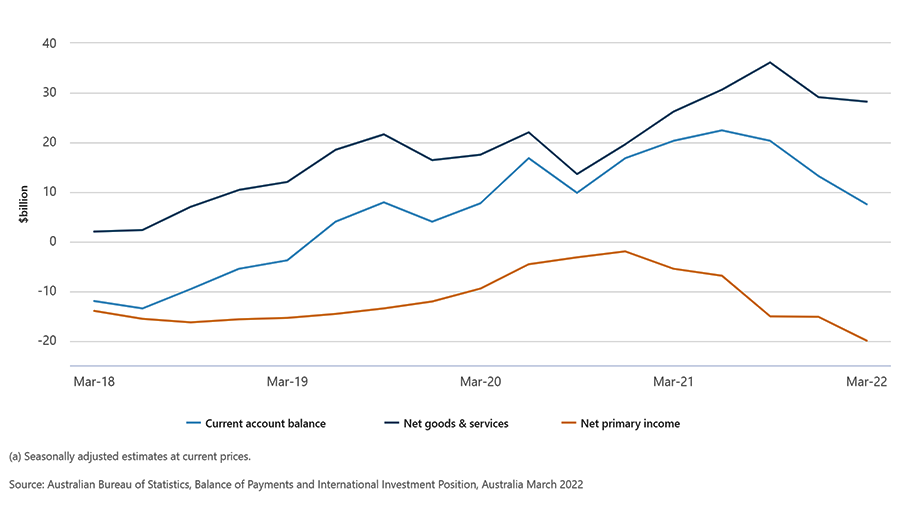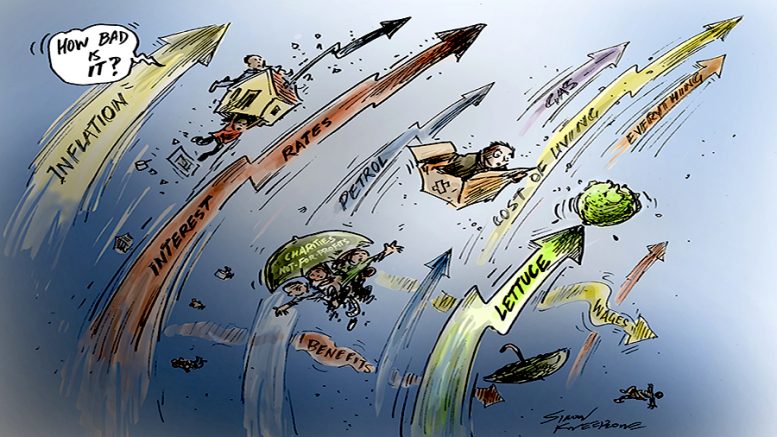Contributed by Joe Montero
People have been saying that the economy is in strife for a long time, and along with the climate crisis, the rising cost of living that is making the headlines. Everyone feels it. No wonder this has shaped up at the centre of politics in Australia.
We are told that this is a market correction due to demand and supply conditions brought about by shocks external to the economy, like the pandemic, natural disasters, and the war in Ukraine. They have an effect. But they are secondary. The fundamental problem is the structure of an economy no longer able to meet the needs of society.
As most are left worse off, a handful of big-time investors are laughing all the way top the bank. The economy as it is meeting their needs.

This is not only an issue for Australia. It infects the global economy. And what is going on there has a further impact on Australia.
Inflation and interest rates are on the way up. They distort the economy and make life more difficult for borrowers and consumers. This is mostly brought about by bottlenecks circulations of what we buy and the money we buy it with. There is a growing disconnection between the two, and this can be blamed on the increasing financialisaton of the economy over decades, brought about by a shift from making things to investment in buying up shares in already existing companies, financial instruments, the real estate bubble, and an overblown service sector.
From the viewpoint of the corporate world, the market exists to circulate money to get a bigger slice of the money supply to the investor in return. The problem is that when this becomes excessive, it begins to eat away at the economy in the form of excess debt.
The economy is in trouble because it is being driven by this debt and does not generate the capacity to pay it back with interest. We could be edging to a point where the economy is turned into a deck of cards waiting to fall. There is already a significant amount of instability.
The main reason why inflation is on the rise is that investors in the financialised economy are diverting an ever-bigger proportion of their money into activities other than making what we consume.
Unfortunately, government related agencies no longer publish data on the rise of the share of finance in Australia’s economy. Funny about that? But the following graph of who invest in Australia shows the rise as proportion of investment to Gross Domestic Product (GDP) has been steadily going up.

Data Source: The Australian Bureau of Statistics (ABS)
We can see here the scale of the rise of investment in other than direct investment. This shows the shift away of foreign investors from investment in existing businesses or for starting up new ones as a proportion of the total. The graph also shows that at 203 percent, this investment had passed twice the size of Australia’s GDP in 2022.
Given that Australia’s GDP stands at $1.8 trillion and domestic investment is about $0.4 trillion, the $4.1 trillion in foreign investment is decisive.
Match this with the growing debt, which currently stands at a little over $8 trillion. Or twice the nation’s GDP, and there is no doubt that there is a serious problem. A large part of the financialisaton of the Australian economy exists to create debt.
Creating debt has become the main way to make a profit, which means, investment in other parts of the Australian economy is neglected.
Another important factor is the recent fall in the current account balance. This means that more money is leaking overseas than is coming in. See the graph below.
Current Account Balance

It is the net primary income line that is most important. This shows the ongoing income going out is greater than that coming in. This influences the other indicators, tending to pull them in the same direction. The loss of $20 billion of income in 2022 exerts a significant inflationary pressure.
The causes of this are both domestic and global. But it is the structure of the Australian economy that allows their impact to be felt. Two factors are the fall in mineral ore prices and the behaviour of foreign investors. Both impact capital flows.
A clear sign of impending trouble is that the stock markets get jittery. This is happening right now.
The International Monetary Fund’s updated 2022 World Economic Outlook, released on Tuesday night, warned that global output shrank in the second quarter of this year, prompting the IMF to shave full-year forecasts further. They are saying that the outlook remains “extraordinarily uncertain”.
The fund tipped global economic expansion in 2022 of 3.2 percent, or about half of last year’s 6.1% spurt. Note that the biggest factor behind global growth has been China, and this is not part of the unrestricted market.
Australia’s most recent economic data is about to be released at the time of writing. We already know that the picture is bleak, and if the government continues its predecessor’s habit of whitewashing the truth and pretending everything is well, it will be s much the worse.
Owning up to what’s going on means accepting the need for a structural change of the economy.


Be the first to comment on "Australia’s economy faces problems rooted in its structure"